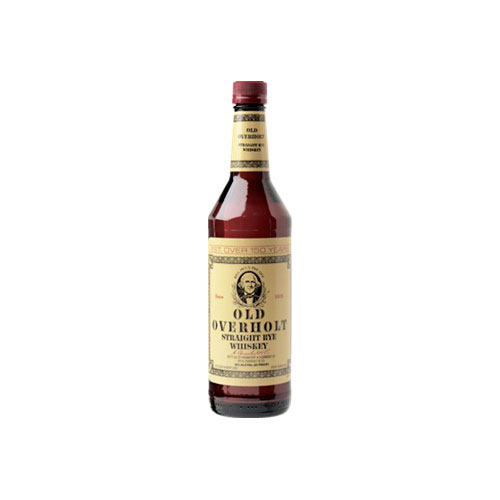Book Review: Gentlemen Bootleggers
By Richard Thomas
When Templeton Rye launched its product several years ago, they accompanied it with a marketing campaign full of tales of Prohibition-era bootlegging and Al Capone. The company soon got itself into trouble in whiskey circles for its misleading claims of making a rye based on Iowa bootlegging recipes, when it was in fact bottling LDI’s 95% rye. As a result, many bloggers and whiskey diehards have viewed them with suspicion ever since.
Yet in the way that internet croakers often do, some of Templeton Rye’s critics took their invective too far, and in so doing wound up making statements as rank as the objectionable marketing ever was. What I’m referring to is the bogus claim made by some that there was never any bootlegging in Templeton, Iowa in the first place, a claim that now has a well-written book standing to refute it.
That objective probably isn’t what Bryce Bauer had in mind when he penned Gentlemen Bootleggers: The True Story of Templeton Rye, Prohibition, and a Small Town in Cahoots. Instead, he likely wanted to produce a well-written piece of non-fiction to feed the appetite for whiskey tales that has grown hand-in-hand with the thirst for whiskey itself. He achieved both goals, and handily at that.
Gentlemen Bootleggers is the entertaining tale of Carroll County, Iowa, an enclave of German Catholics in a sea of temperance-minded, Mid-Western Protestants. In many ways, the rural farming community reminded me of Marion County, Kentucky as a place where cultural clashes led to a place that viewed meddling outsiders with suspicion, and thus became a hotbed of moonshining when those outsiders came in and made alcohol illegal.
As Bauer ably relates, Carroll County had the added impetuses of the farm crisis of the 1920s and 1930s and the anti-German nativism of World War One pushing the region deep into bootlegging, the former driving farmers into making illegal liquor as a way to make money, and the latter ensuring most Carroll County residents didn’t rat the bootleggers out. With the scene set, Bauer then focuses his tale on Templeton’s whiskey baron, Joe Irlbeck, who was less a gangster and more the organizer of a co-op of moonshiners and rum runners. At one point, the county so reveled in its reputation for thumbing its nose at Prohibition that it erected a Yuletide display with a moonshine jug emblazoned with the words “Xmas Spirits” in town, a stunt that caught headlines around the country.
One almost expects to see John Dillinger blow through town and rob the bank, so well-crafted is this intersection story of Prohibition bootlegging and the Depression era Mid-West. Yet big American gangsterism is merely a tangential presence. A few of Al Capone’s thugs show up here and there, and Scarface himself is mentioned merely in parallel to Irlbeck, making this first and foremost a tale of Iowa farmers and small-town merchants trying to get by and resist the moral dictates of their overbearing neighbors.
Carroll County’s wave of illicit whiskey came mostly in the form of moonshine and other unaged whiskeys, but as Bauer’s tale tells us, there was also aged rye whiskey being made in the barns around Templeton, and that Templeton rye earned a solid reputation in the thirsty Mid-West. One thing a sharp-eyed, informed reader ought to ferret out is that the bootlegger Templeton rye was a small barrel whiskey, and was therefore something a modern distillery could have made and put on the market in a short period of time, just as the bootleggers did it and craft distilleries are doing it today. In other words, the modern Templeton Rye company should have studied their background as closely as Bauer did, because then they might have made rye whiskey in the same way the authentic Templeton bootleggers did, instead of choosing to use the story while sourcing the whiskey.


